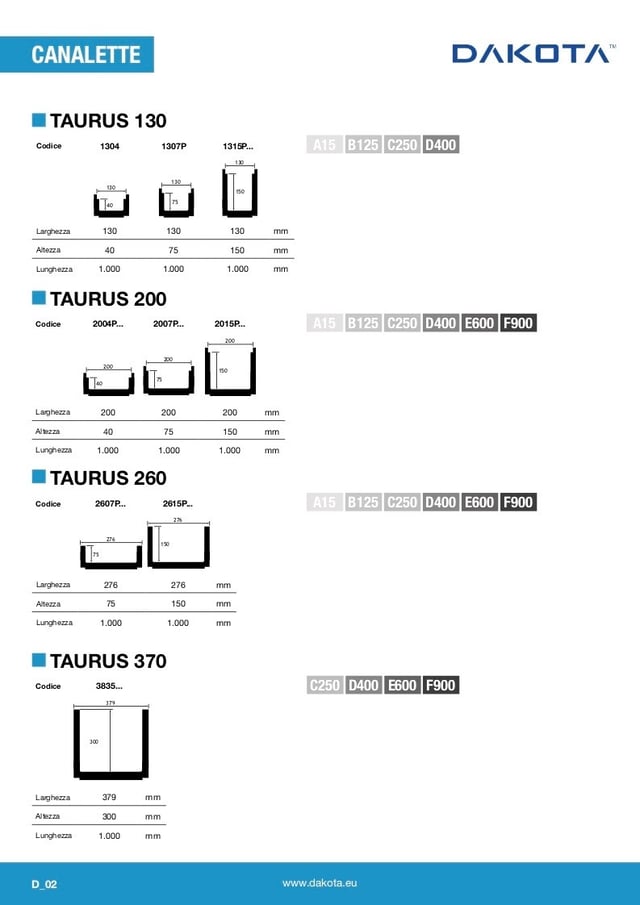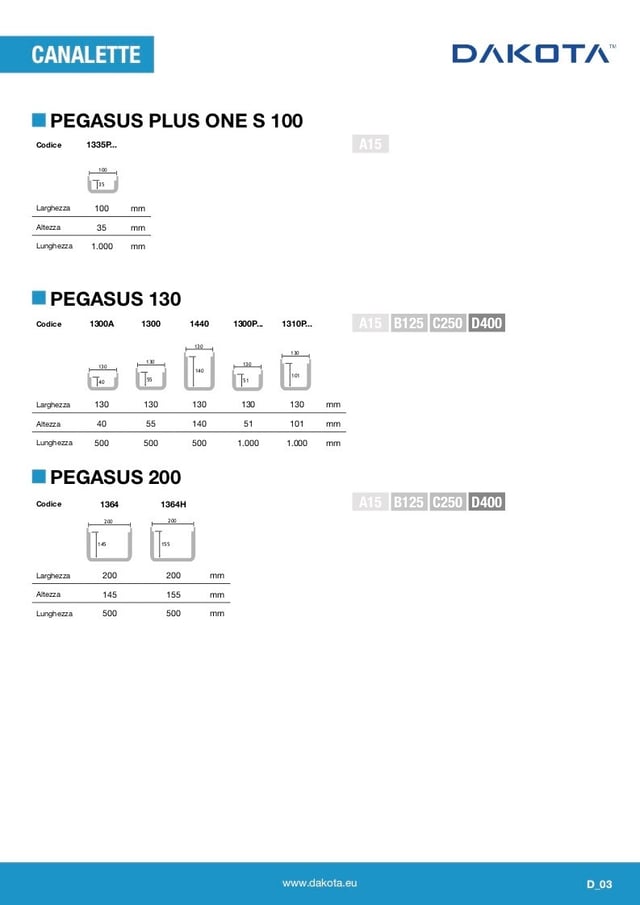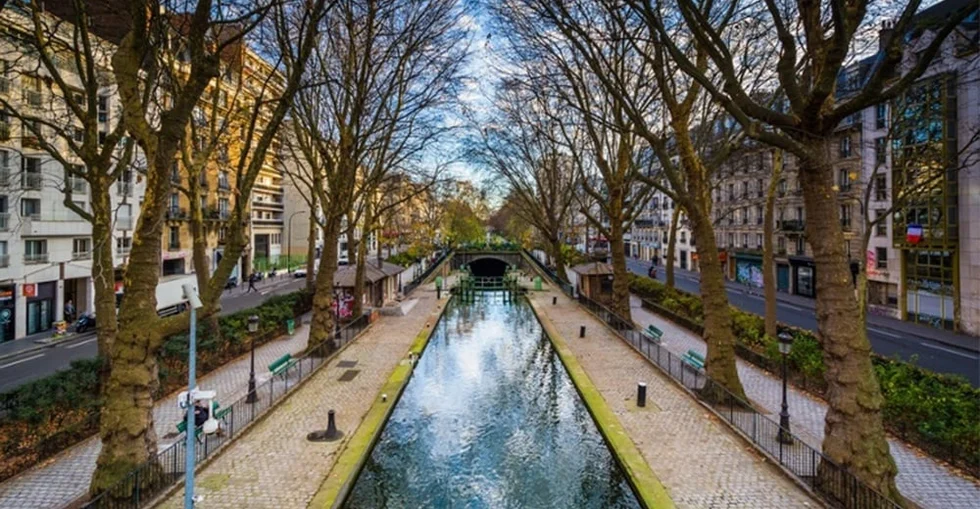Channel drains, also known as trench drains or drainage channels, are arguably the most important component of modern drainage systems ...
They come in various shapes, sizes, and materials. The use of plastic in construction is quite common and channel drains are no exception, being increasingly manufactured in plastic due to the numerous benefits and flexibility these materials offer.
Drainage channels are generally manufactured in three different types of materials: cement, polymer concrete, and thermoplastic polymer (plastic). Each of these materials has its own benefits for highly efficient surface water drainage. While using robust construction materials and following technical requirements is fundamental for effective rainwater drainage systems, the use of plastic drainage channels present benefits that the other common materials do not.
Plastic materials: High-density polyethylene and polypropylene
While some plastic materials are soft and breakable, the plastic materials in which channel drains are manufactured are anything but fragile. These materials are high-density polyethylene (HDPE) and polypropylene (PP).
High-density polyethylene is a thermoplastic polymer derived from petroleum. It is also one of the easiest plastic polymers to recycle and this is important within the context of sustainable building practices. HDPE is widely used in construction, with the global construction industry using over 30 million tons of it (2007 figures), because its characteristics are advantageous:
- It is a robust building material
- It can withstand high temperatures
- It has an excellent chemical resistance to solvents, UV rays, and abrasion
Polypropylene is another material derived from petroleum that finds widespread applications in the construction industry. It has a number of advantages: it is odorless, lightweight, resistant to heat, and a higher melting point than HDPE (but also more rigid and therefore slightly less resistant to mechanical stress), resistant to humidity, solvents, acid, and wear resistant.
The advantages of HDPE and PP for channel drainage
There are a variety of plastic materials to choose from when manufacturing such building components. Choosing the right types of plastics brings common advantages when designing systems for surface water as well as foul water drainage systems.
- Weight: both are relatively lightweight materials, in particular PP, and have a highly beneficial weight/impact resistance ratio. PP is slightly less flexible than HDPE.
- Ease of installation: plastics can come equipped with precut fittings and holes, significantly reducing installation times and the need for additional accessories with consequent time, labor and cost savings.
- Resistant to thermal shocks: they can be used in environments with significant temperature variations and perform flawlessly.
- Immune to chemical and atmospheric agents: acids, most solvents, alkalis, oils, and petrol will not degrade the materials nor cause system failures.
- Self-cleaning: the viscosity of the materials, higher than that of the other materials (cement and polymer concrete), means debris and deposits slide off the sides of the channels and limit build-up. This also means that there is a reduced need for maintenance and cleaning. This also translates into higher flow rates, particularly for HDPE.
- Accessories: they make it possible to install a wide range of gratings and covers, made of plastics, steel or cast iron in varying designs and sizes. This makes plastic channel products very versatile as they can be installed for a wide array of typical uses, from light duty areas like the poolside, to ultra-heavy duty areas like airports, seaports and heavy industrial applications.
The most important aspect when creating a highly efficient foul water or surface water drainage system is planning (as well as maintenance and drainage channel cleaning). Ask help from a skilled installer when designing rainwater drainage systems. Need more information? Read our basic drainage channel installation guide.
Pegasus and Taurus by Dakota
As a drainage supplier, Dakota designs, manufactures, and markets a complete range of drainage supplies and components for drainage solutions - including drainage channels. These are branded 'Taurus' and 'Pegasus'.


These two product lines cover most needs in terms of:
- Width (nom.): from 4" up to 15" (100 up to 370mm)
- Height (nom): from 2" up to 14" (50 up to 360mm)
- Length (nom.): from 20" to 40" (500 to 1000mm)
- Load classes: Calculated in combination with our gratings, which are designed for A15 load classes up to F900 (according to European Standard UNI EN 1433:2007)
- Areas of use: thanks to the wide range of covers and gratings with which our channel drains can be combined, Dakota drainage channels can be installed almost anywhere. Our covers and grates are available in plastics, galvanized steel, stainless steel, cast iron, and ductile iron.
- Resistance to chemicals: especially true for the Taurus line but valid for all, Dakota’s drainage channels guarantee high resistance to more than 200 common chemical and atmospheric agents.
- Resistance to temperature changes and mechanical stress: because they are manufactured in HDPE and PP, Dakota channel drains, when installed properly, will provide long lasting surface water drainage.
Every year, Dakota commits to using an increasing amounts of recycled plastics. As a leader in the European construction manufacturing sector, we aim to reduce packaging waste and plastic waste through recycling practices and innovation. This is our responsibility as a building materials supplier.
Read more about how we are reducing plastics and our wider commitment to the environment.

